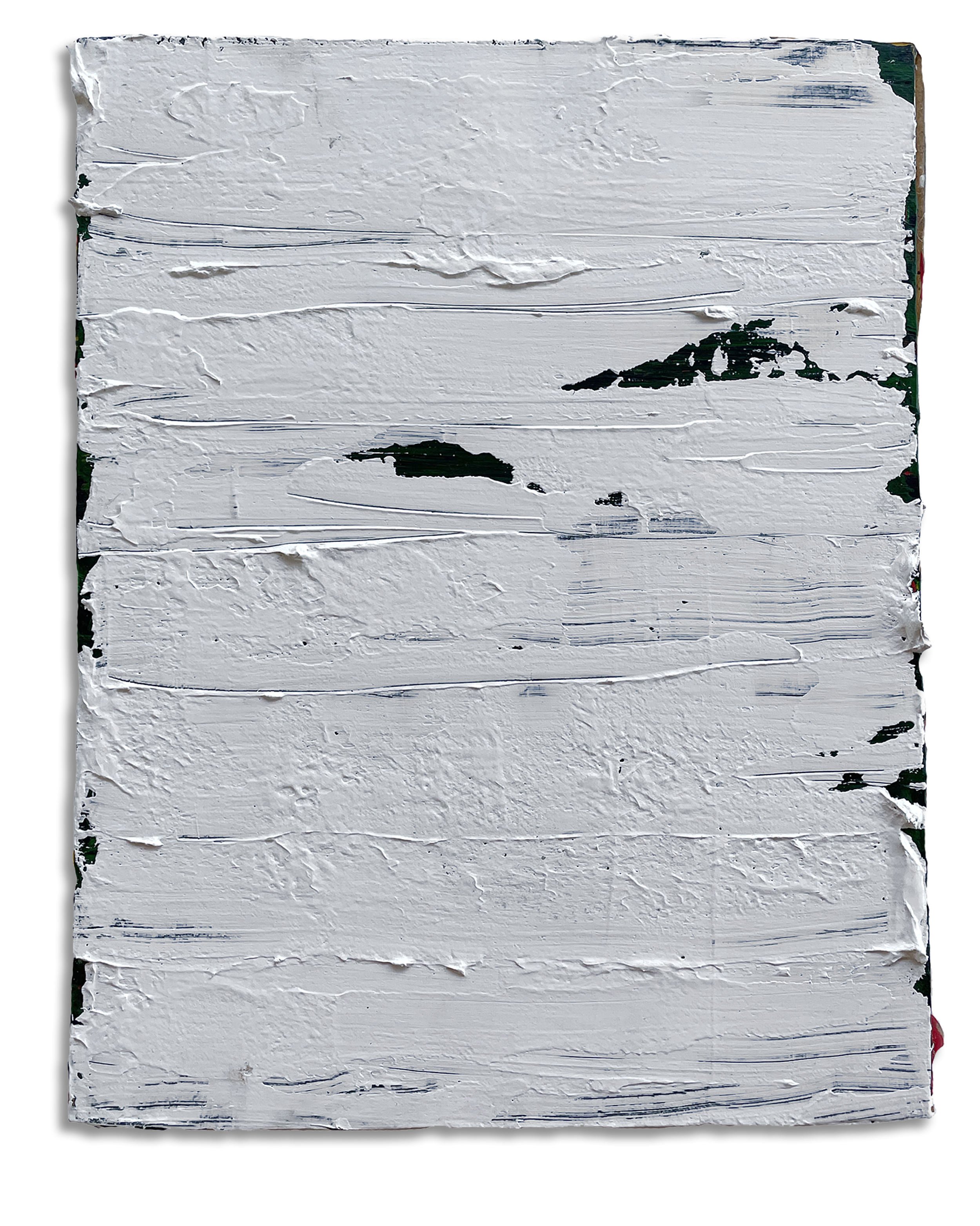Exhibition:
RAIMUNDO FIGUEROA:
A Place for Us
The division of Visual Arts of the prestigious Instituto de Cultura Puertorriqueña (ICP), has honored Raimundo Figueroa with a major museum exhibition at the Antiguo Arsenal de la Marina Española in San Juan, Puerto Rico.
THE MOVEMENT OF HEAVEN IS CREATIVE POWER 2017-2022 60 x 48 inches Acrylic, graphite, oil pastel, and wax on canvas.
TRIUMPH OVER THE MOST DIFFICULT OBSTACLES 2017-2022 60 x 48 inches Acrylic, graphite, oil pastel, and wax on canvas.
PROSPERITY 2017-2022 60 x 48 inches Acrylic, graphite, oil pastel, and wax on canvas.
IN YOUR LIFE 2017-2022 60 x 48 inches Acrylic, graphite, oil pastel, and wax on canvas.
THE ANNUNCIATION IN FLORENCE (AFTER FILIPPO LIPPI) 2017-2022 36.25 x 28.75 inches Acrylic, graphite, oil pastel, and wax on canvas.
IF I ONLY KNEW 2017-2022 36.25 x 28.75 inches Acrylic, graphite, oil pastel, and wax on canvas.
“I believe that the beauty of my white paintings lies in the fact that when you look at them, they start evolving, and the viewer starts seeing the reds, the yellows, the blues, and everything else that is there—the layering. I achieve this out of necessity, because I have the need to put down one layer, then another layer, and another layer, not to make them flat. This is something that I have a need to do to create the depth in the paintings and to create three-dimensionality.” -RF
A PLACE FOR US 2017-2022 14 x 11 inches Acrylic, graphite, oil pastel, and wax on canvas.
IT’S ALL ABOUT YOU 2017-2022 14 x 11 inches Acrylic, graphite, oil pastel, and wax on canvas.
WAVES AT PLAY 2017-2022 14 x 11 inches Acrylic, graphite, oil pastel, and wax on canvas.
NIRVANA 2017-2022 14 x 11 inches Acrylic, graphite, oil pastel, and wax on canvas.
SKARLET 2017-2022 14 x 11 inches Acrylic, graphite, oil pastel, and wax on canvas.
COLO-RED PAINTING 2017-2022 14 x 11 inches Acrylic, graphite, oil pastel, and wax on canvas.
UNTITLED (NUMBER ONE MILLION) 2017-2022 14 x 11 inches Acrylic, graphite, oil pastel, and wax on canvas.
BLUE DREAM AFTER MATISSE 2017-2022 14 x 11 inches Acrylic, graphite, oil pastel, and wax on canvas.
A TRIBUTE TO JULIA BRETZMAN 2017-2022 51.5 x 38.5 inches Acrylic, graphite, oil pastel, and wax on canvas.















